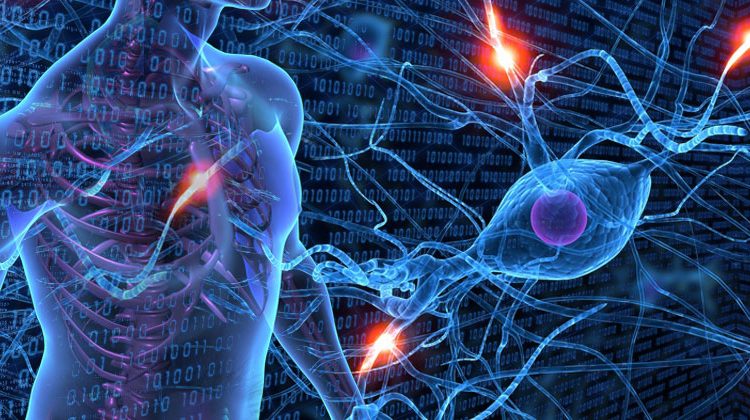Metabolic modelling becomes three-dimensional
Posted: 21 February 2018 | Dr Zara Kassam (Drug Target Review) | No comments yet
An international research consortium has developed the first computer model to include 3D in the representation of human metabolic processes…


An international research consortium has developed the first computer model to include 3D in the representation of human metabolic processes. To this end, the researchers integrated the three-dimensional structures of over 4,000 metabolic products, or metabolites as they are known, and nearly 13,000 proteins into an existing computer model.
The researchers also added an enormous volume of genetic and chemical information to the model on which the simulation runs. The name of this new computer-based tool, which has been made available to the biomedical research community recently, is Recon3D.
The importance of scientific computer models continues to increase. They make the existing knowledge tangible and thereby help scientists to accurately formulate and work on targeted problems in research. To create such models, researchers analyse all the publications and databases they can find on a topic and feed this information into their model. Human metabolism research is one example, as Prof Ines Thiele, head of the Molecular Systems Physiology group at the LCSB of the University of Luxembourg and one of the driving forces behind Recon3D, says: “for the predecessor of Recon3D, Recon 2, a large team of research groups in different fields aggregated an enormous volume of data on the genome, chemical metabolic activities and physiological properties of the human organism.” This data basis has now been considerably expanded yet again for Recon3D, Thiele reports.
What is unique about the new computer model, however, is the integrated three-dimensional structural data of proteins and metabolites. Dr Ronan Fleming, head of the LCSB Systems Biochemistry group which was responsible for integrating the structural data of the metabolites into Recon3D, says “so far, we have been able to say of a given metabolic reaction that substance A and B turn into substances C and D. Now, we know precisely which atoms each substance consists of, how the atoms are arranged in the starting materials and where those very same atoms can be found again in the products of the chemical reaction.”
To make this possible, the researchers first had to find out which computational program – or algorithm as scientists call it – imports the three-dimensional structures of the molecules most accurately from the literature into Recon3D.
To find this out, Dr Fleming’s team researched the molecular structure of the starting materials of a series of chemical reactions and determined the whereabouts of every single atom after the metabolic reaction was completed. They then tested various algorithms on the same reactions to identify those with the best predictive power. Fleming reports “with these results, we were then able to import very accurate structures of more than 4,000 metabolites into the computer model.” Fleming’s colleagues from the University of California in the United States expanded Recon3D with data on almost 13,000 protein structures, thereby bridging the research fields of structural biology and systems biology.
“Recon3D now allows us to study metabolic processes that run differently, for example, in Parkinson’s patients than in healthy people, much better and with more accuracy,” Prof Thiele sums up the possibilities that the new computer model offers.
Dr Andreas Dräger from the Center for Bioinformatics at the University of Tübingen (ZBIT) has put it into a standardised format so that other researchers can use the model for their scientific questions. “Recon3D lays the foundations for creating cell-type-specific models that could be used to simulate the function of tissues through to entire organs in the computer,” explains Dr Dräger and continues “it could help to better understand the interplay between pathogens, such as bacteria or viruses, and the human host.” Fleming also adds that thanks to the three-dimensional structures of the metabolites and proteins in Recon3D, it is now possible to follow, at atomic resolution, how a genetic mutation could affect the development of certain diseases. “This can open up entirely new avenues for research on therapeutic approaches,” Fleming concludes.
The researchers’ results on Recon3D appear in the journal Nature Biotechnology.
Related topics
Disease Research, Lab Automation
Related organisations
University of Luxembourg, University of Tübingen (ZBIT)
Related people
Dr Ronan Fleming, Dr Andreas Dräger, Prof Ines Thiele








